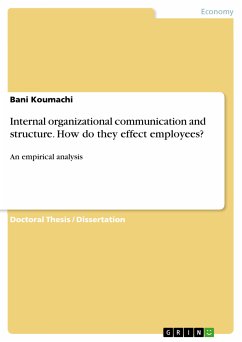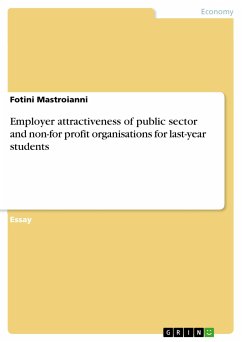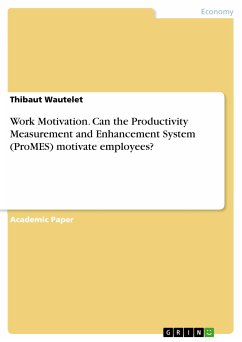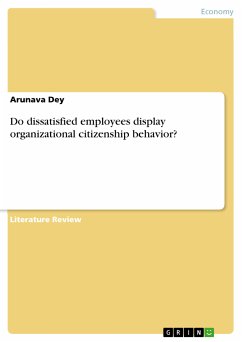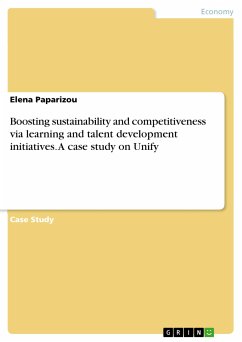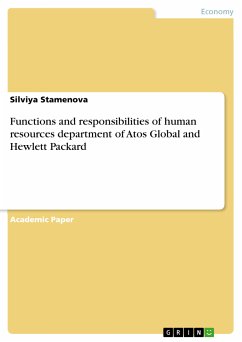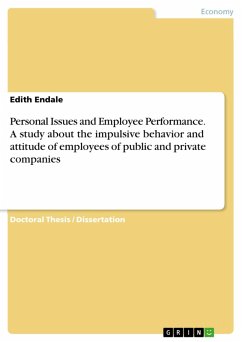Doctoral Thesis / Dissertation from the year 2015 in the subject Leadership and Human Resources - Miscellaneous, grade: Trés Honorable, Sidi Mohamed Ben Abdellah University (Fes Saiss), course: Organizational communication, language: English, abstract: This study investigates the type of relationship that exists between internal organizational communication and internal organizational structure and the potential effect they might have on the employees' level of organizational communication satisfaction in two Moroccan institutions of higher education. Data for the present study are collected from 76 employees who successfully completed the instruments. A mixed-method case study design is used for the collection, the analysis, and the interpretation of data with concurrent triangulation methodology as a research strategy. The quantitative and the qualitative data gathered are described and analyzed using descriptive as well as inferential statistics. The findings indicate that there is a strong negative relationship between internal organizational communication and internal organizational structure. The majority of the respondents are satisfied with communication within the case organizations and use a mixture of formal and informal internal organizational communication as well as an ambidextrous internal organizational structure. The results show that there are also statistical differences among the employees' level of organizational communication satisfaction based on various demographic variables. An organization's image is especially critical to its internal audience because employees' perception of the organization influences their morale, productivity, goal execution, and overall satisfaction. Therefore, organizational leaders must evaluate the most effective ways to ensure that employees have a positive perception of the organization and how they are satisfied with the IOC within the organization. Here comes into play the salience of organization communication satisfaction (henceforth OCS). This can be quite challenging since peoples' perceptions are influenced by a wide range of factors and personal attributes as researchers have found that internal organizational structure (henceforth IOS), leadership style, decision-making processes, and relationships significantly influence employees' level of OCS in an organization as well as its effectiveness.
Dieser Download kann aus rechtlichen Gründen nur mit Rechnungsadresse in A, B, BG, CY, CZ, D, DK, EW, E, FIN, F, GR, HR, H, IRL, I, LT, L, LR, M, NL, PL, P, R, S, SLO, SK ausgeliefert werden.

